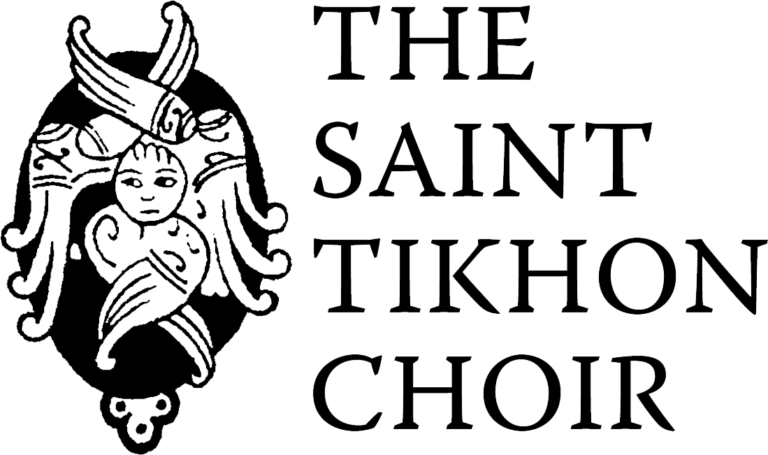Charles Bruffy, Kansas City Chorale and a Multitude of Forces Bring Kastalsky Work to Life
by Paul Pattison
Special to KC Arts Beat
Alexander Kastalsky composed his Requiem during the turmoil of the First World War. He began conceiving of his “Requiem For Fallen Brothers” in 1914, and by 1917 it was ready for its first performance. This featured a large choir accompanied by organ. Later, he added more movements and orchestration. This final version was not to be performed until a century later. The October revolution saw the triumph of Bolshevism, and a Requiem had no place in the new atheistic order.
Now, more than 100 years later, the Kansas City Chorale, the Cathedral Choral Society, the Clarion Choir and the Saint Tikhon Choir with the Orchestra of St. Luke’s conducted by Leonard Slatkin have made the world premiere recording of the final edition of Kastalsky’s masterwork. Charles Bruffy led the combined choirs with the authority one would expect someone who has won multiple Grammys for his recordings of Russian Orthodox music.
Kastalsky wished to honor the allied soldiers of all the nations that fought in the war. To achieve this, he incorporated hymns, folk melodies and chants from many traditions; Russian, Catholic, French, Serbian, Japanese, American, English and more. The end result is quite amazing. Kastalsky manages to intermingle all these traditions into one, woven whole. A Gregorian chant is given very distinctive Russian harmonies, the American hymn “Rock of Ages” is convincingly paired with Chopin’s “Funeral March,” and a Vedic hymn to Indra is inserted as an interlude.
The overall mood of the Requiem is mournful. It begins with an Italian plea for brotherhood sung to a Russian melody, then proceeds to the Latin Mass proper. Interspersed are melodies from other cultures. There are also moments of joy and hope. “Beati Mortui” (blessed are the dead) uses a cheerful Romanian tune beautifully sung by soprano Anna Dennis. In “Lachrymosa,” bass-baritone Joseph Beutel provides a plaintive plea for mercy. Much of the choral writing is reminiscent of Russian Orthodox tradition and is beautifully sung.
The final movement is quite profound. Beginning with a restrained, quiet plea for eternal rest, a steady crescendo builds in intensity as more voices and instruments are added. After reaching its peak, the volume slowly ebbs, becoming a whisper as a Russian hymn implores “Now enter into thy Holy City,” then rising triumphantly to “Remember them for eternity.”
This Requiem portrays a sustained plea for rest and eternal light. There are a few moments of ferocity featuring Russian bugle calls and sustained, rhythmic percussion like soldiers marching, but these inevitably fade away into gentleness. The choral writing is especially delightful, particularly for sopranos and altos. Lush sustained sounds emanate from the combined choruses and the Orchestra of St. Luke’s is spectacular.
Kastalsky’s vision for this work included a staging with processing Japanese priests, cardinals, nurses, Russian peasants, an ancient Greek theatrical chorus and many other multi-cultural elements. Russia was a hotbed of mysticism at the time. Scriabin was another composer who envisioned similar large-scale extravaganzas.
This recording is worthy of many hearings. I can say with certainty that it is completely enjoyable and, on occasion, a surprisingly innovative composition. It is also performed with great care and professionalism. The musical idiosyncrasies are alluring and the overall effect compelling. Orchestra and chorus both live up to the excellence one would expect and the production qualities are lively. I recommend a listen, or a dozen.
